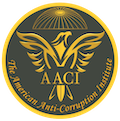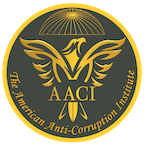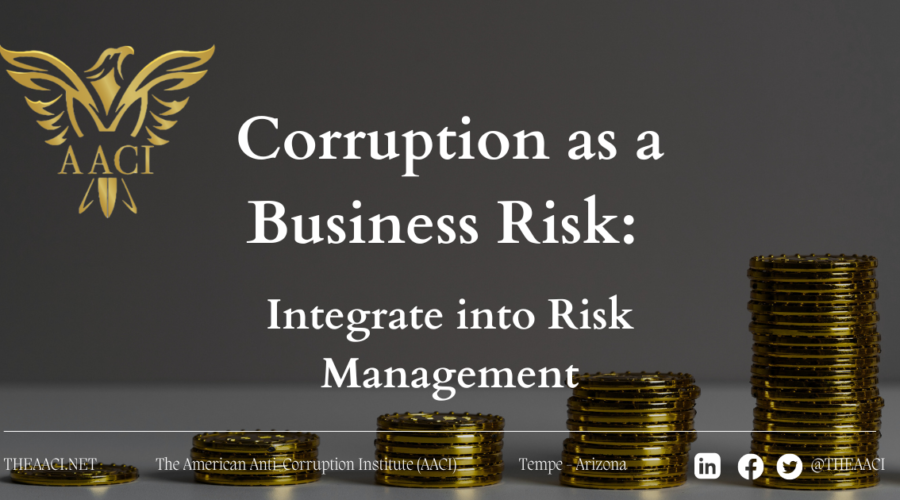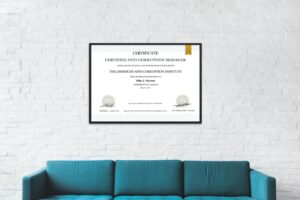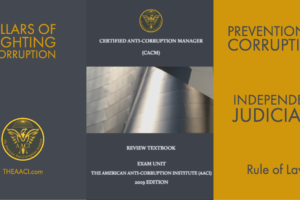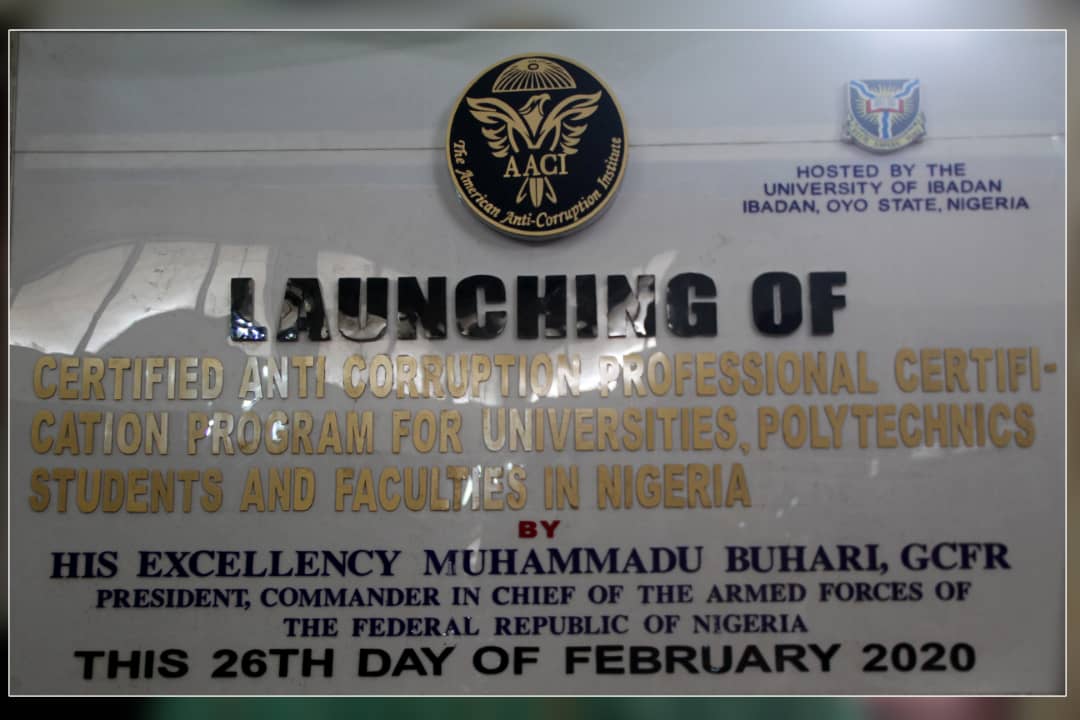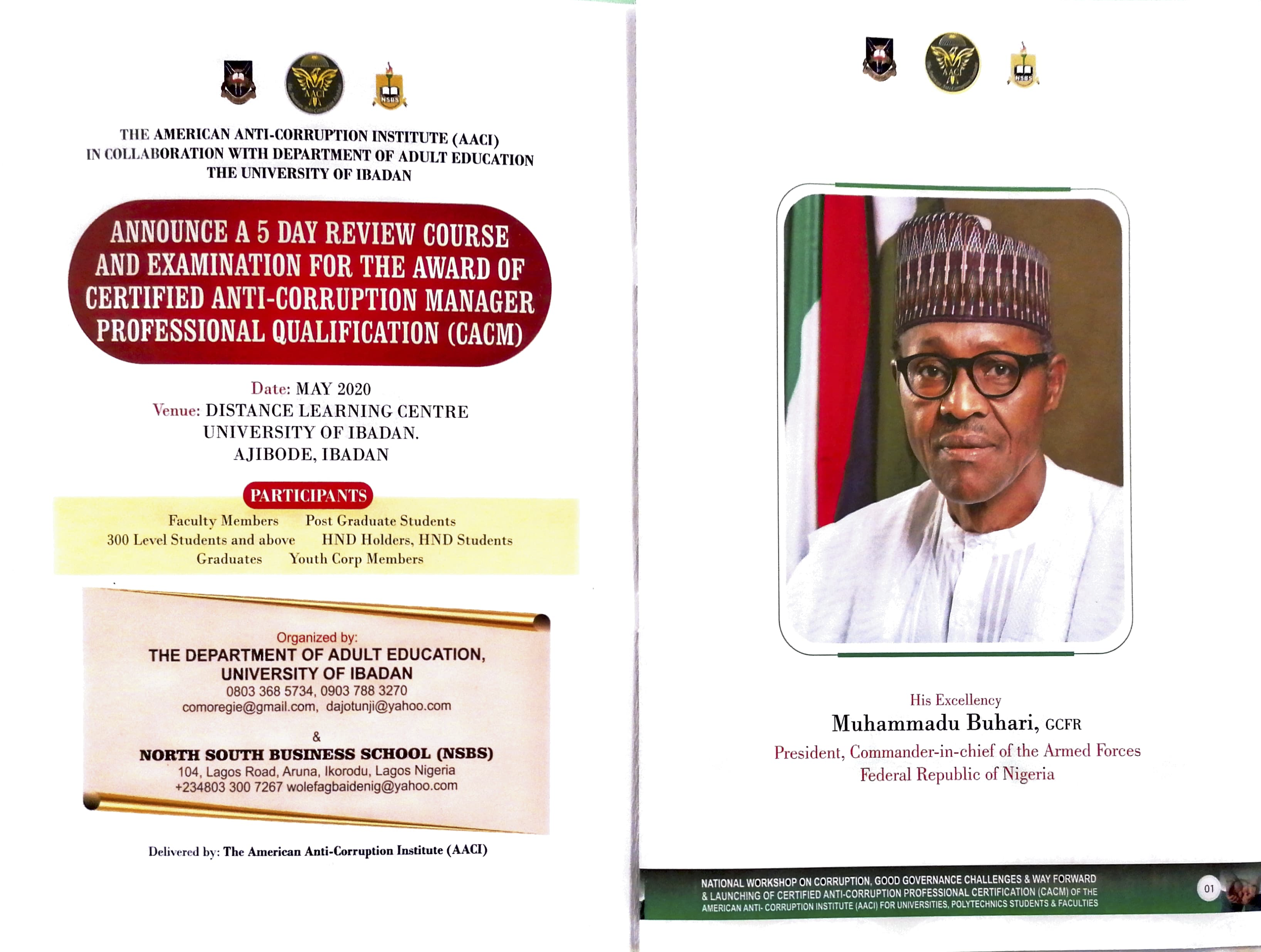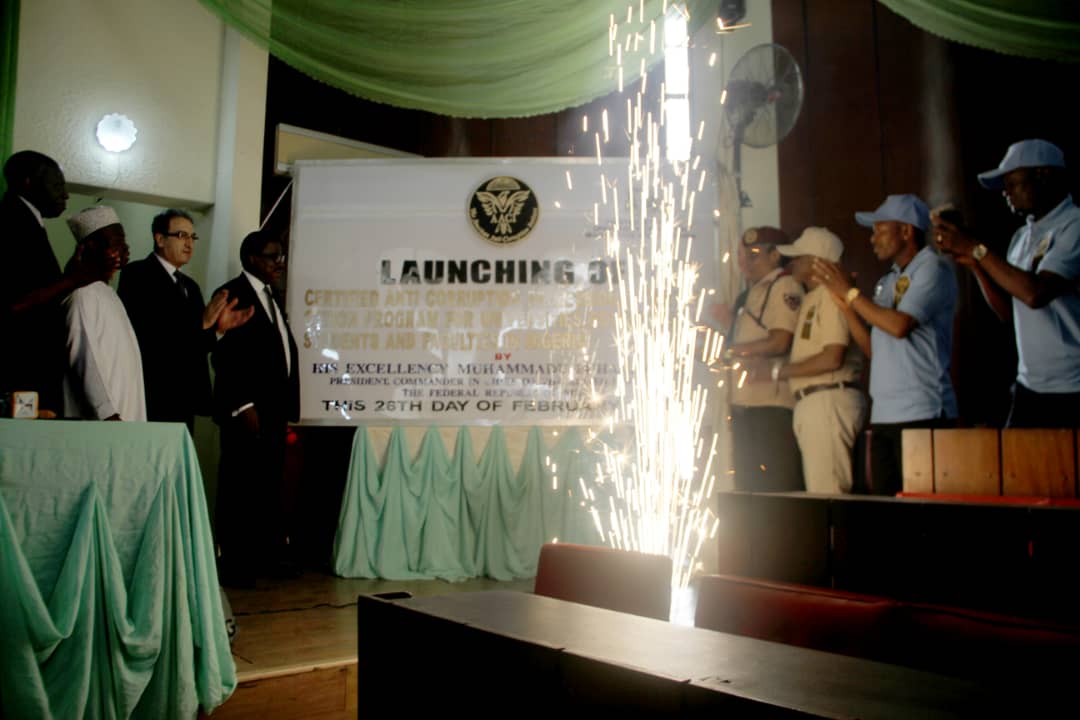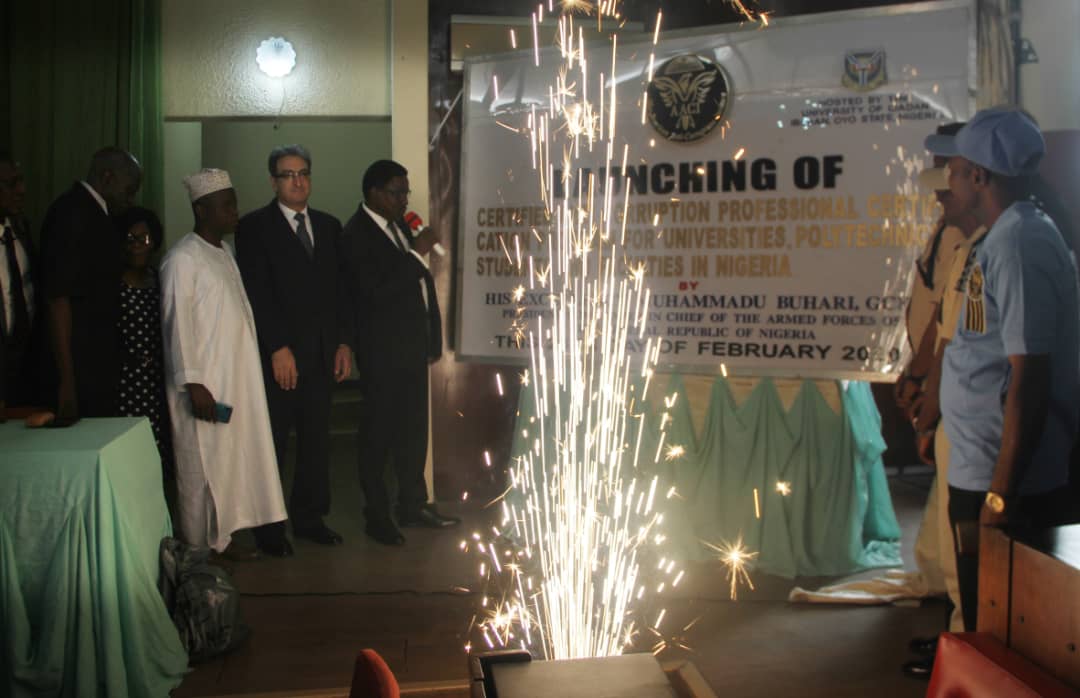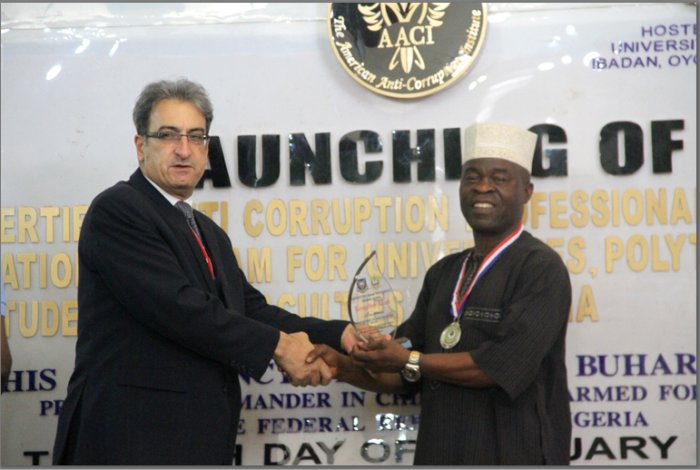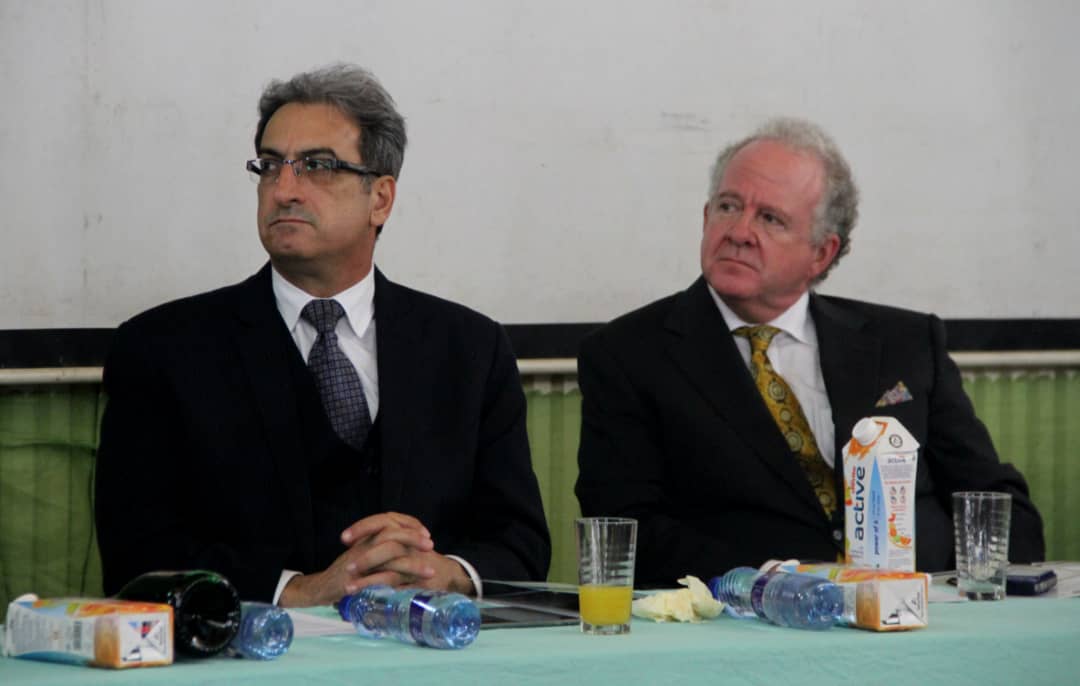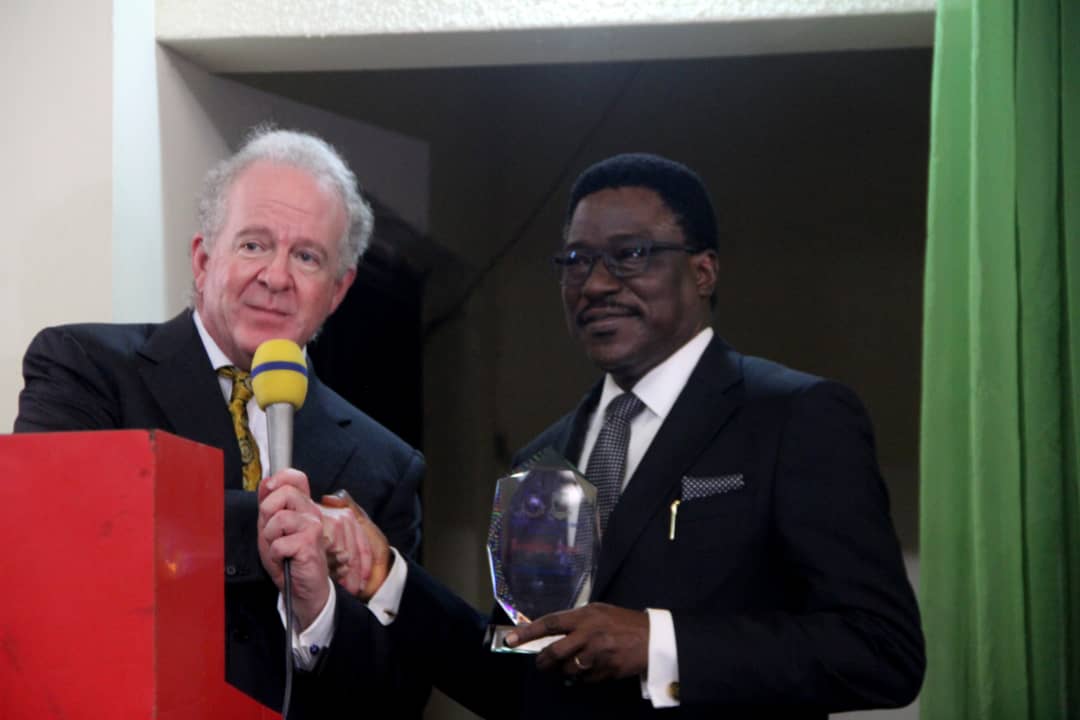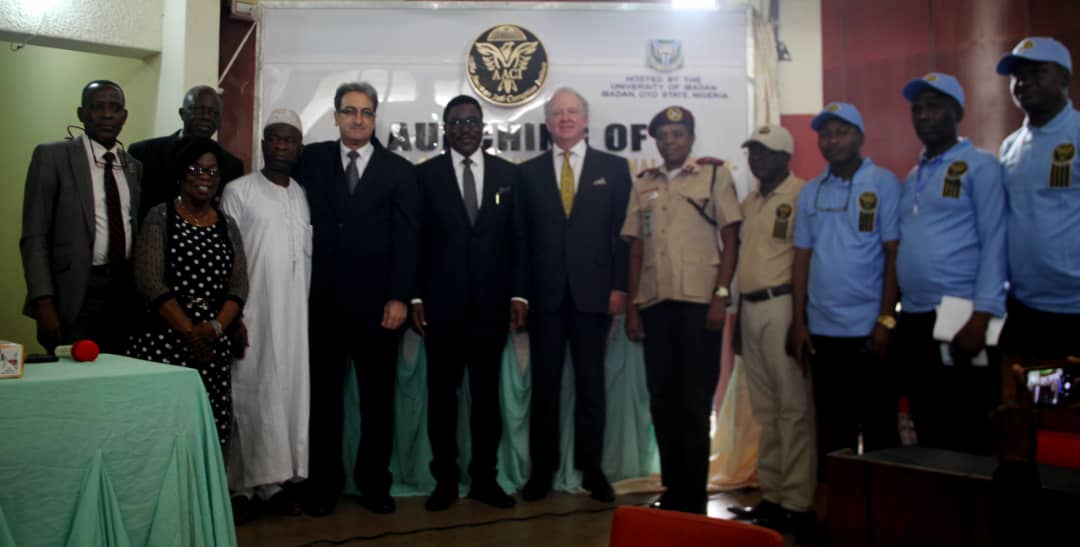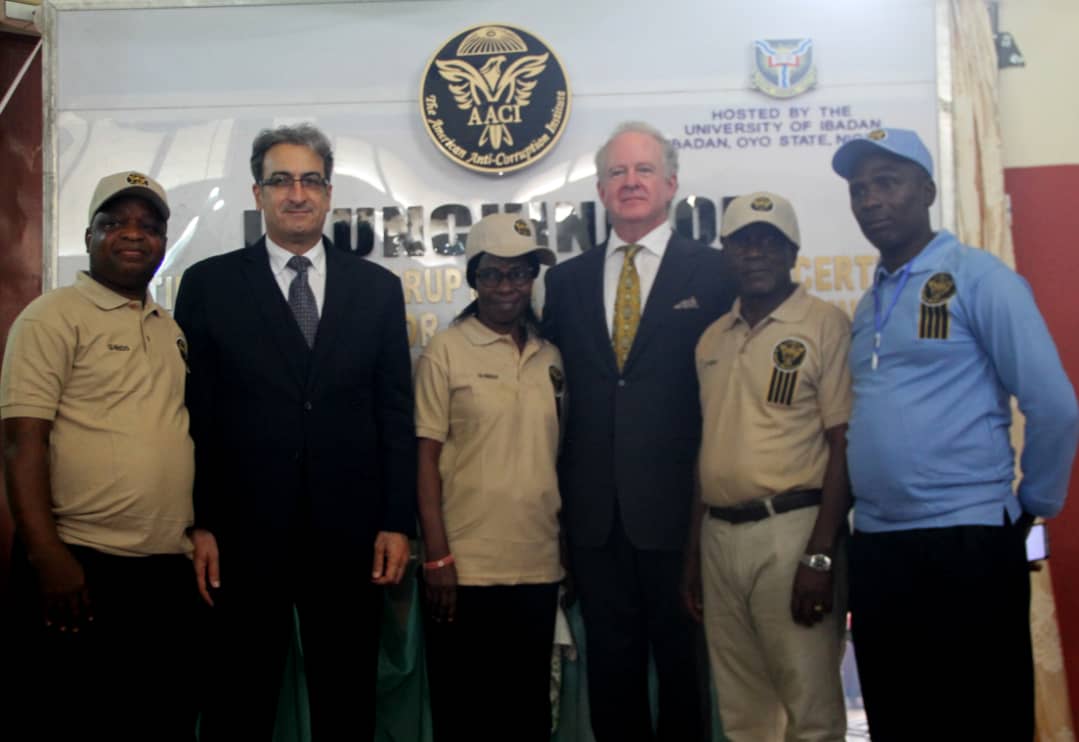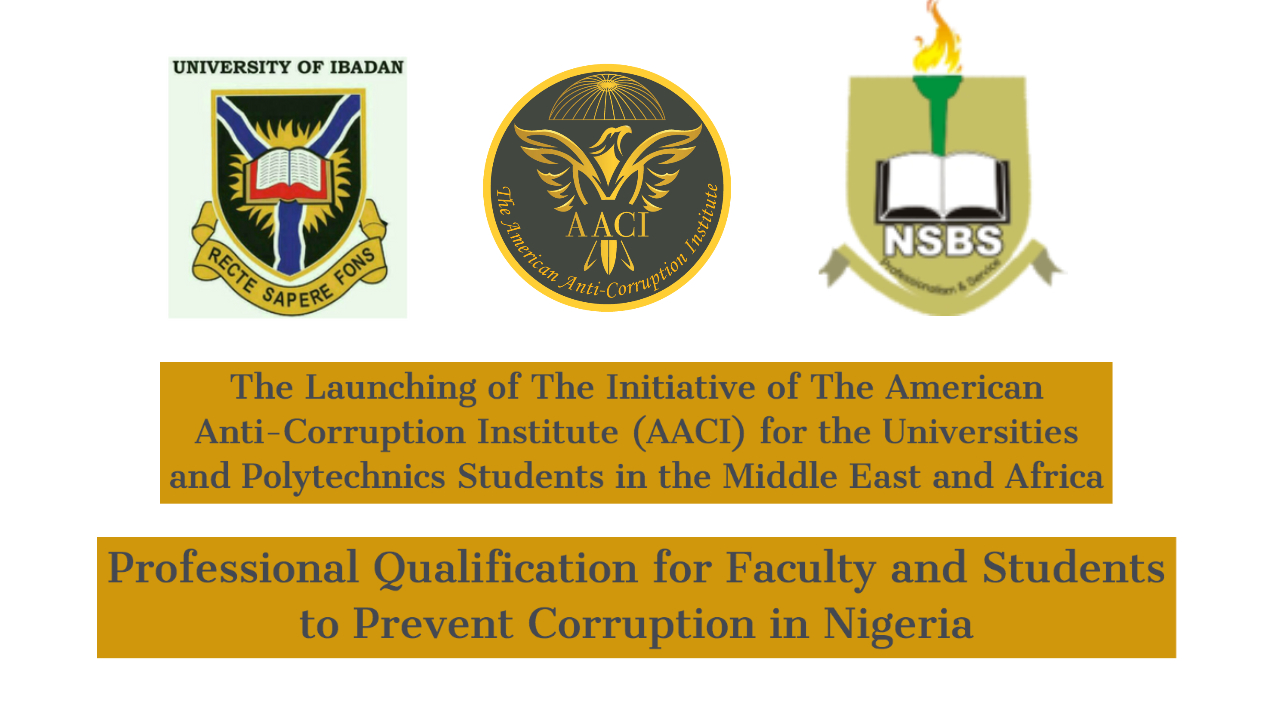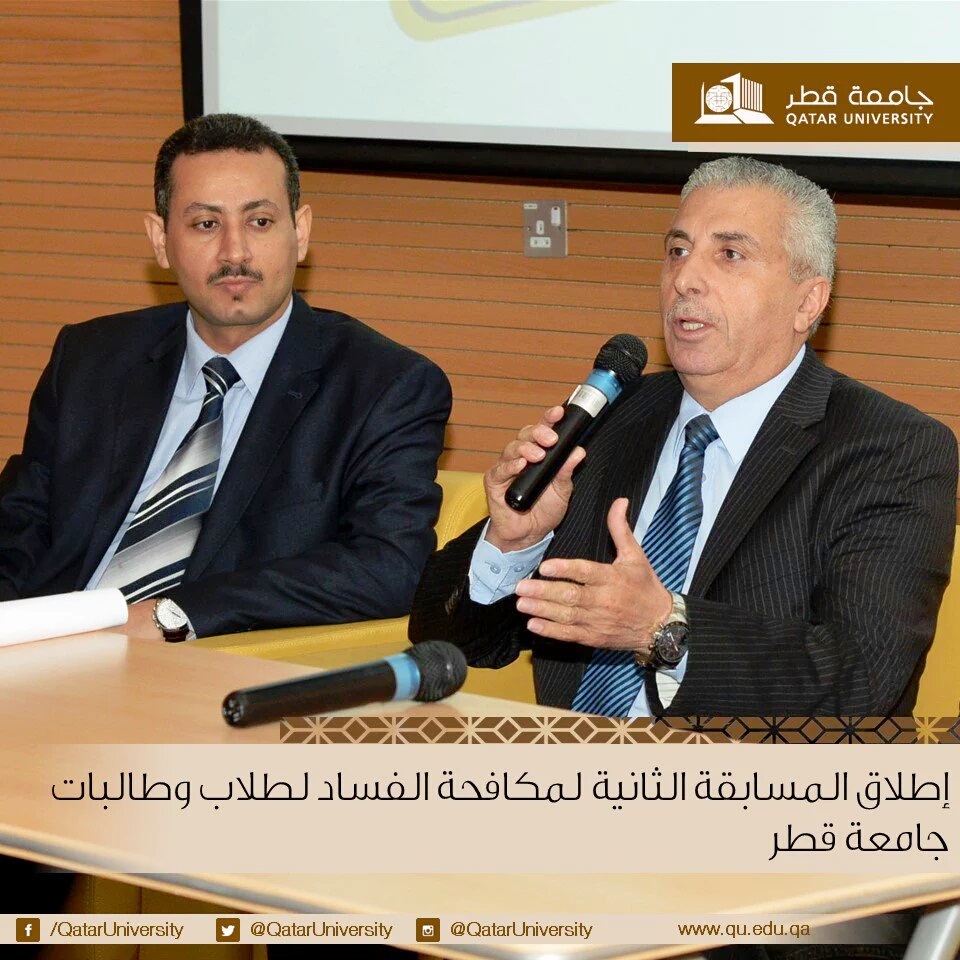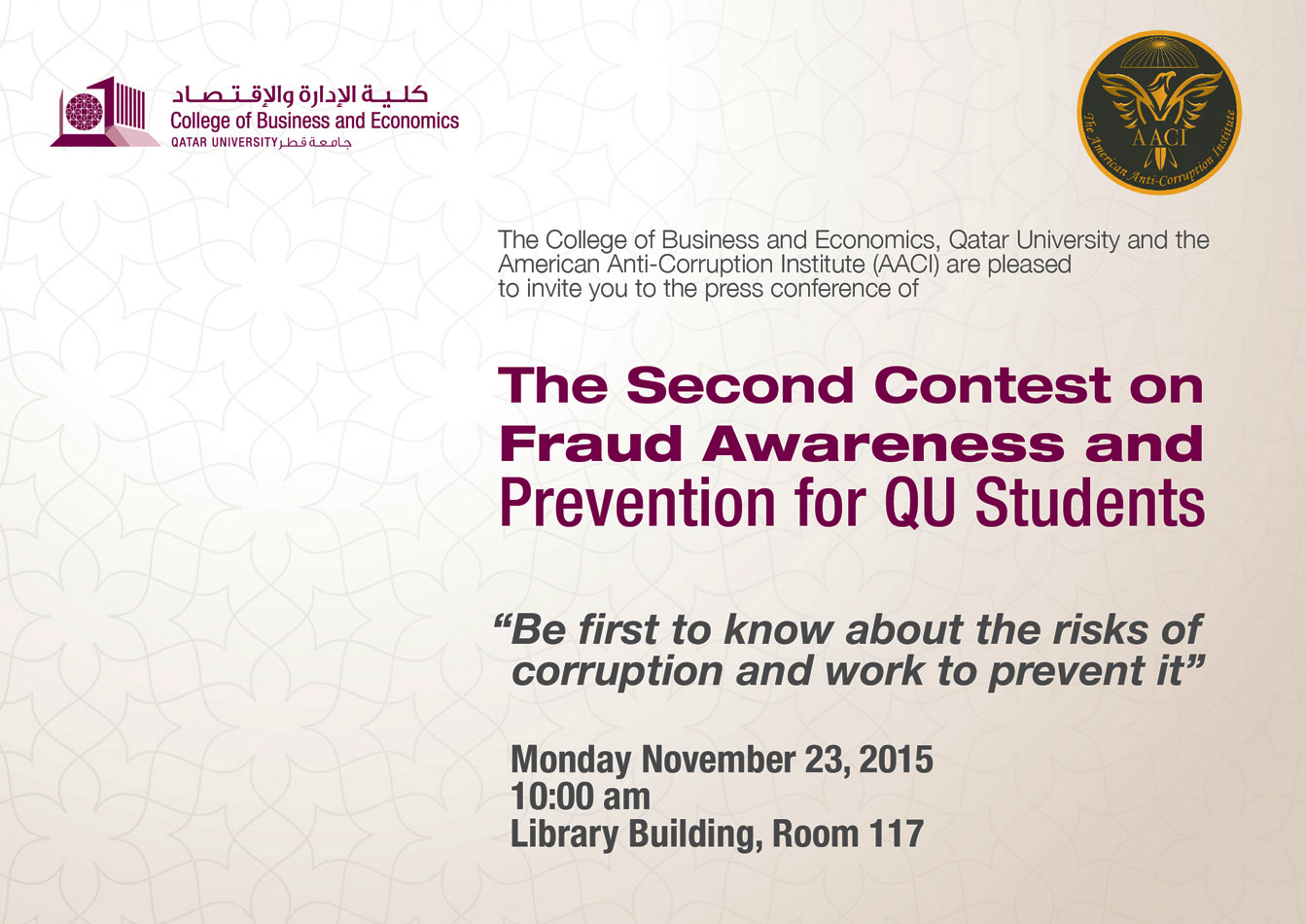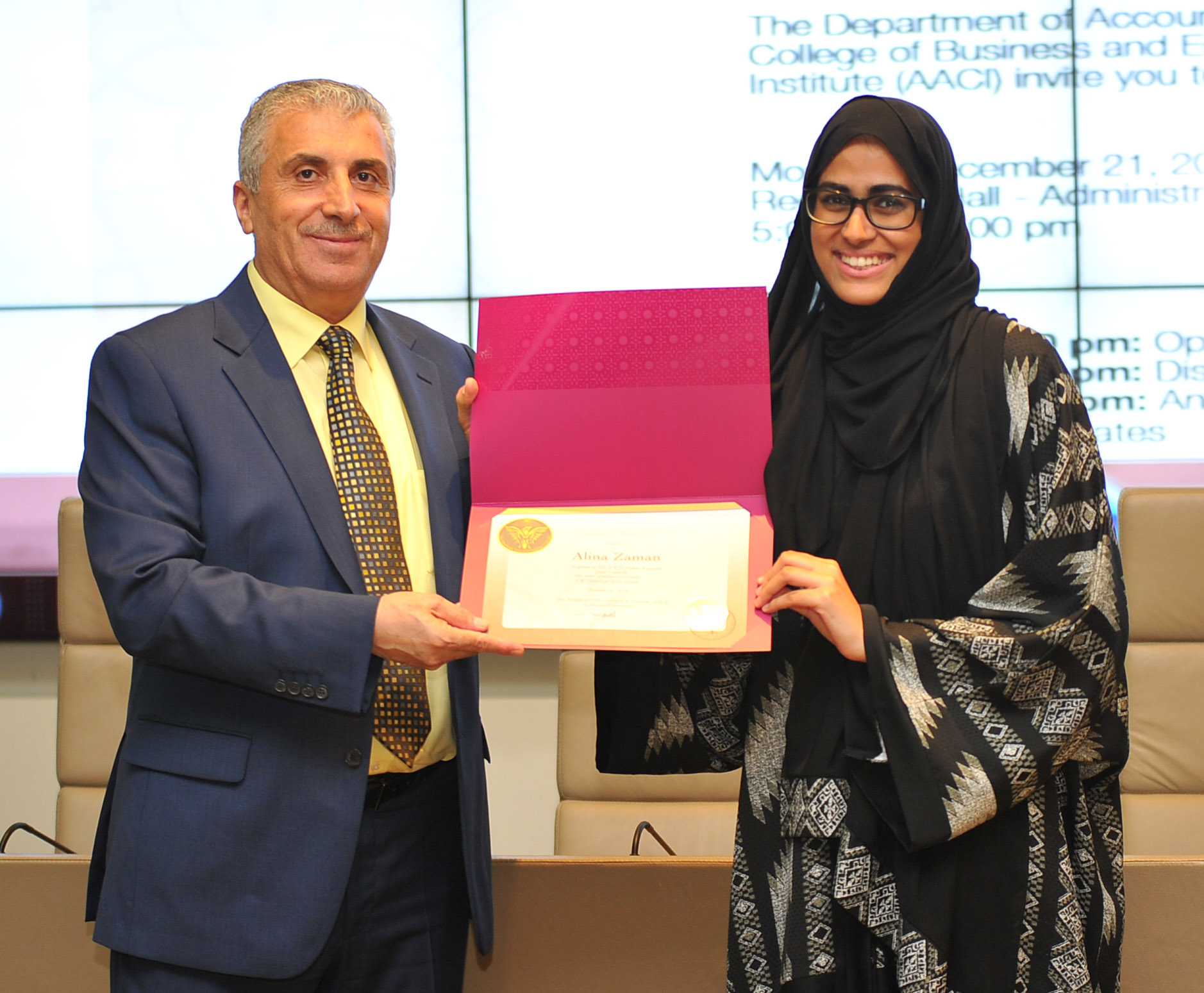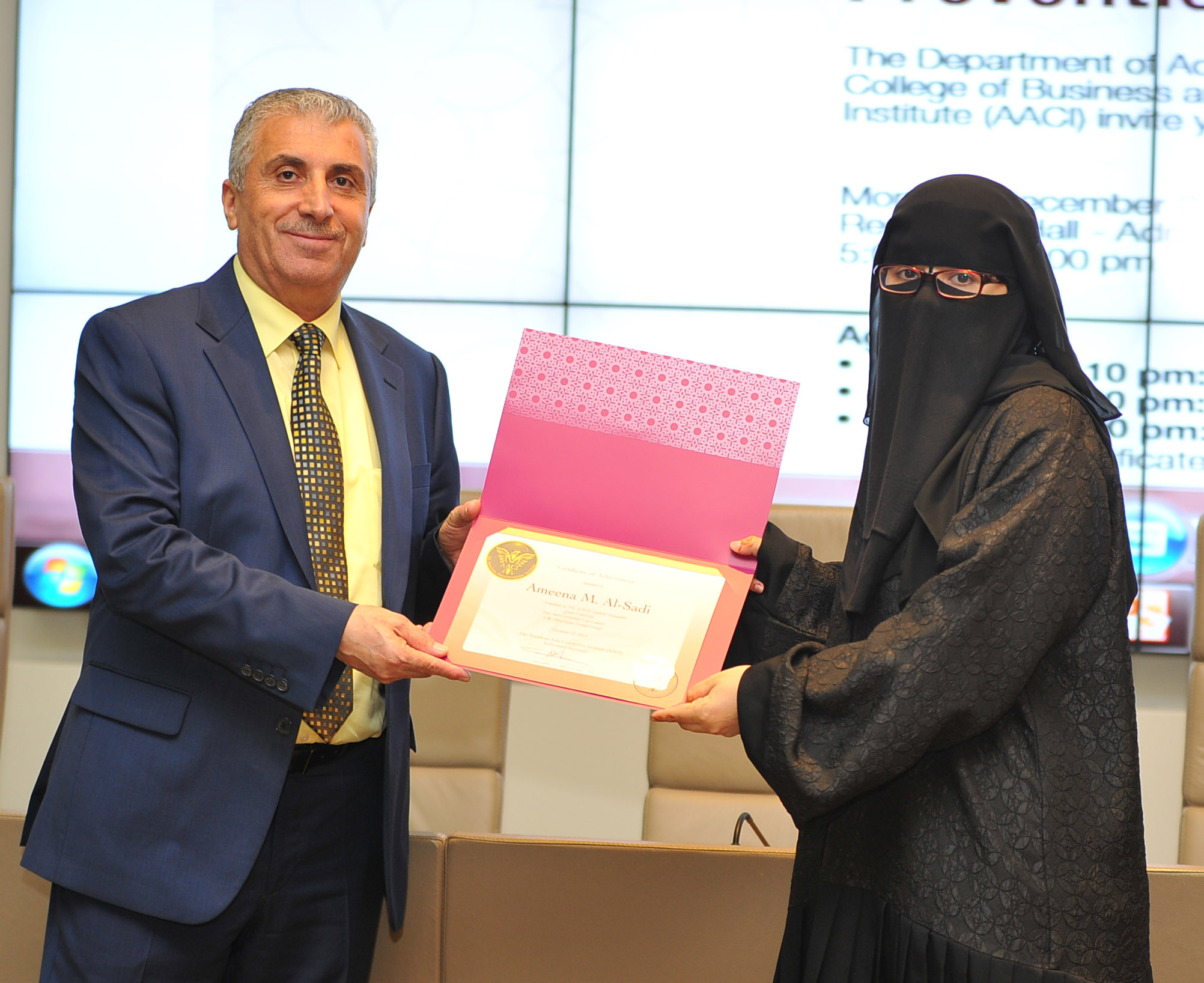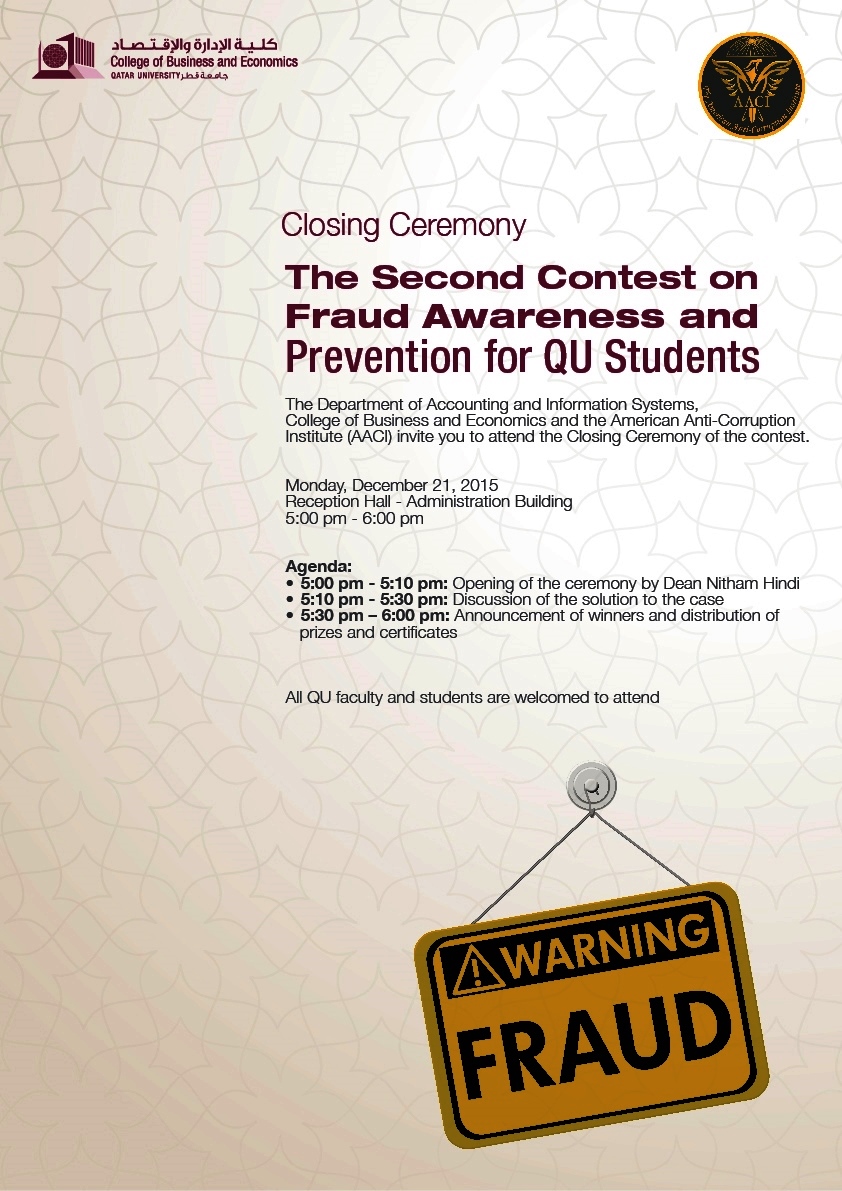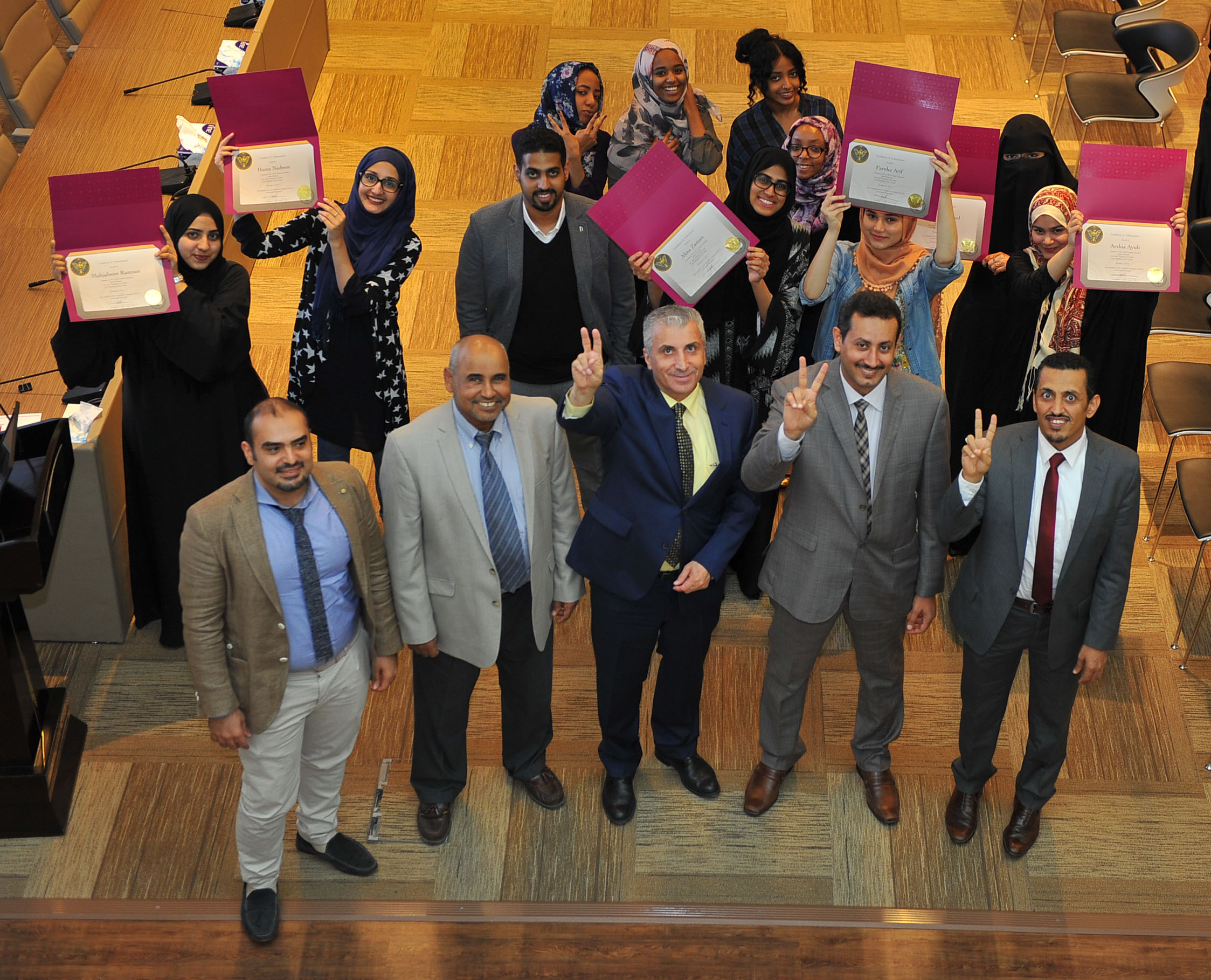Episode 18: Corruption as a Business Risk: Integrating it into Your Risk Management Framework
Technical Staff, June 17, 2024
Welcome to “The Edge: Anti-Corruption” podcast series, brought to you by The American Anti-Corruption Institute (AACI). Our podcasts are designed to empower leaders and management within organizations to tackle fraud and corruption head-on. Today is June 17, 2024, and in this eighteenth episode, we delve into the critical topic of understanding corruption as a business risk and effective strategies to manage it.

🎧 Listen now at https://bit.ly/4ehE7qp
Firstly, it’s essential to recognize that corruption is indeed a business risk. Similar to other risks such as financial, operational, and reputational risks, corruption poses significant threats to the integrity and success of any organization. As such, it demands the same level of attention and rigorous management. Addressing corruption through established risk management methodologies ensures that it is integrated into the broader risk management framework of the organization. This approach involves identifying potential corruption scenarios, assessing their likelihood and impact, and implementing measures to mitigate these risks.
Secondly, every entity, regardless of size or industry, is exposed to some level of corruption risk. What differentiates entities is the degree of this risk, which can range from low to high. For instance, a multinational corporation operating in various countries might face higher corruption risks compared to a small domestic business due to differences in regulatory environments and operational complexities. Therefore, organizations must tailor their anti-corruption strategies to their specific risk profiles, ensuring that they are both comprehensive and adaptable.
Corruption risk is not static; it is dynamic and evolves. Take the example of a procurement department: at the beginning of the month, when processes are routine and controlled, the risk might be low. However, towards the end of the month, when deadlines are pressing and oversight might wane, the risk could escalate. This variability underscores the need for continuous monitoring and reassessment of corruption risks.
Management should adopt a proactive stance, regularly reviewing risk assessments and adjusting control measures as necessary to respond to the changing risk landscape.
Among the most effective mechanisms to mitigate corruption risks are robust internal controls and effective governance. These principles are cornerstone elements of The American Anti-Corruption Institute’s Ten Principles of Fighting Corruption. Effective internal control systems create a structured environment where policies and procedures are consistently followed, reducing opportunities for corrupt practices. Key elements include segregation of duties, thorough documentation, and regular audits.
Effective governance, on the other hand, ensures that there is a clear framework for decision-making and accountability within the organization. Strong governance practices involve setting the tone at the top, promoting a culture of integrity, and ensuring that there are clear lines of responsibility and oversight. Boards of directors and senior management play pivotal roles in fostering an environment where corruption is neither tolerated nor ignored.
In conclusion, recognizing corruption as a business risk is a crucial step for any organization aiming to safeguard its integrity and success. By integrating corruption risk management into the broader risk management framework, continuously monitoring and reassessing risks, and implementing robust internal controls and governance practices, organizations can effectively mitigate the threat of corruption.
Thank you for joining us in this episode of “The Edge: Anti-Corruption.” Stay tuned for more insights and strategies to combat corruption and promote ethical practices in your organization.
Remember, the fight against corruption is continuous, and together, we can make a difference.
